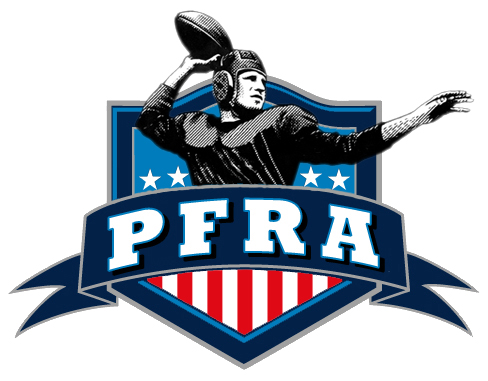Rise of the Umpire in American Football
"Rise of the Umpire in American Football"
May 12, 1892—The Rules Convention adopted a rule, among other things, that the Umpire could warn any person coaching from the sidelines, and the second offense would have the offender watch the rest of the game "behind the ropes" or away from the field of play and with other spectators.
The position of the Umpire in American football has undergone a significant evolution since the sport's early days in 1892. Initially, officiating crews were small, and responsibilities were less clearly defined. In the late 19th century and early 20th century, the Umpire, along with the Referee and Linesman, comprised the officiating team. Their primary duties revolved around general rule enforcement, often focusing on the line of scrimmage and player conduct.
The need for more specialized officiating roles became apparent as the game grew in complexity and speed. In 1929, the Field Judge was added, marking the first expansion of the officiating crew. The Umpire's responsibilities continued to encompass overseeing the legality of the snap, counting offensive players, and watching for infractions along the offensive line, such as holding. However, the increasing physicality and intricate blocking schemes of the mid-20th century demanded a more focused presence in the trenches.
A pivotal shift occurred in 1938 when the NFL established dedicated officiating crews with specific assignments for each official, including the Umpire. This solidified the Umpire's role as the primary official responsible for the interior line play on both sides of the ball, monitoring contact between offensive and defensive linemen and ruling on holding penalties. The Umpire was typically positioned in the defensive backfield to observe the action at the line.
Further adaptations came with the continued evolution of offensive and defensive strategies. To better cover the increasing use of passing plays, the Back Judge was added in 1947 and the Line Judge in 1965. Throughout these changes, the Umpire remained crucial in maintaining fair play in the often chaotic environment around the line of scrimmage.
A significant change in the Umpire's positioning occurred in 2010 due to player safety concerns. Increasingly, Umpires in the defensive backfield were susceptible to collisions with charging offensive linemen. Consequently, the NFL moved the Umpire to the offensive backfield, lateral to the Referee, and on the opposite side of the formation. This new position provided a better vantage point to observe the offensive line and backfield action while reducing the risk of high-speed collisions. However, in specific situations, such as inside the five-yard line and during the final minutes of each half, the Umpire may still position themselves in the defensive backfield to ensure optimal coverage of potential scoring plays and close-quarter action.
From a general enforcer to a specialist in line play and player safety, the Umpire's role has adapted alongside the ever-changing landscape of American football. Today, the Umpire is an integral part of the seven-person officiating crew, utilizing advanced technology and undergoing rigorous training to ensure the consistent and accurate application of the rules in the modern game.
Sources and related content
Sources per the Book Football: The American Intercollegiate Game by Parke H. Davis. Also, The Cornell Daily Sun May 12 1892
The Cornell Daily Sun, Volume XII, Number 121, May 12, 1892
- HASHTAGS: #May12 #OfficialsAndSignals #RulesEvolution #Umpire
- EVENTDAY: May 12
- FOOTBALL: Officials And Signals, Rules Evolution
- OTHER: Umpire



